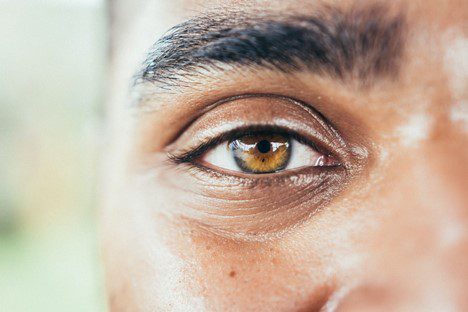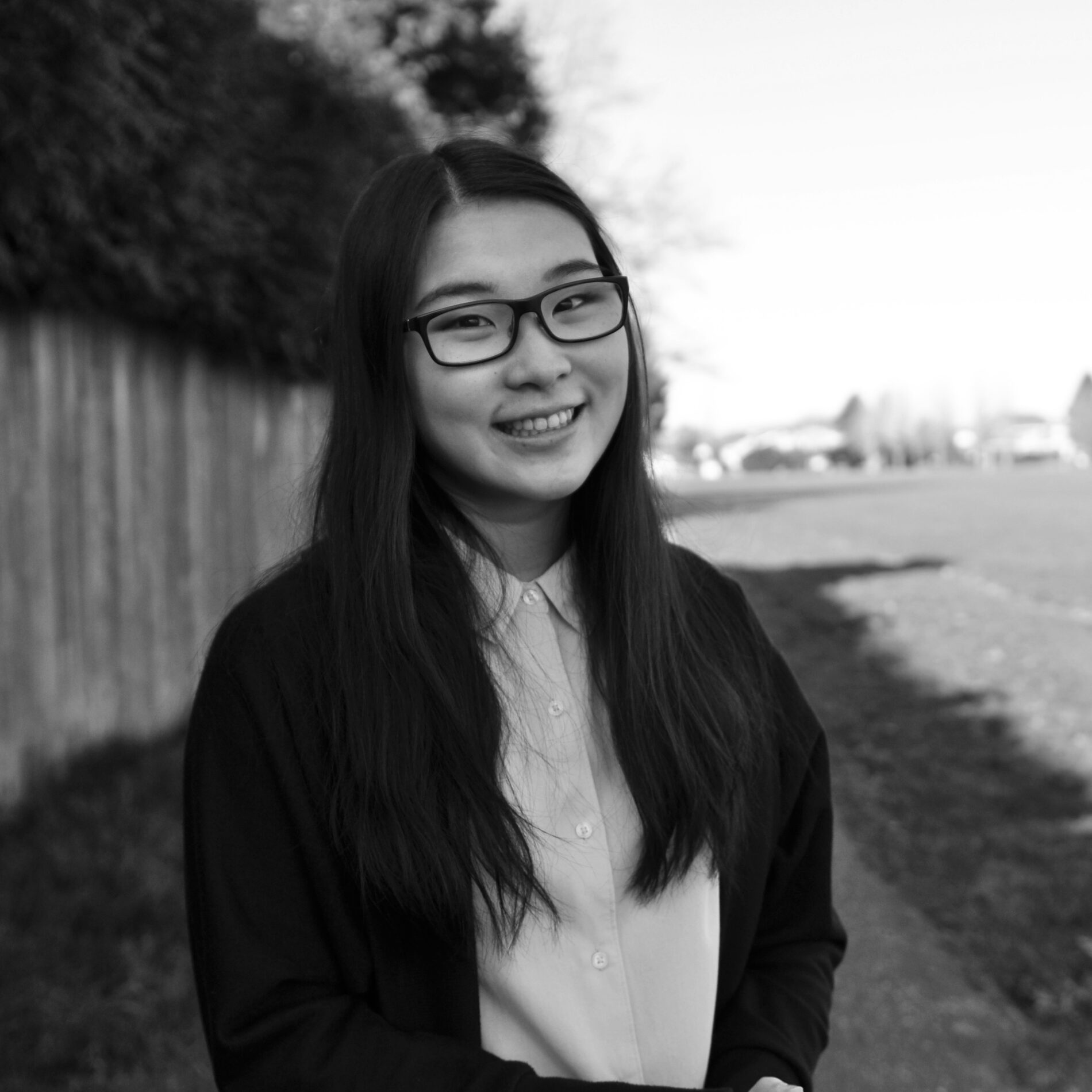
 Emily Chow is an IPilogue Writer and a 1L JD Candidate at Osgoode Hall Law School.
Emily Chow is an IPilogue Writer and a 1L JD Candidate at Osgoode Hall Law School.
The US National Inventors Hall of Fame (“NIHF”) has released its list of 2022 inductees, which notably includes two Black Female inventors for the first time in this organization’s 48-year history. As the NIHF has never inducted Black woman before, I intend to provide some preliminary historical context, an overview of Black women’s contributions to STEM, and to gesture towards contemporary movements which aim to unpack the sociopolitical, economic, cultural, racist, and sexist underpinnings of STEM education and health inequity.
A cursory search of previous inductees led to unsurprising results. In 1973, the year of the NIHF’s inception, only Thomas Alva Edison was recognized. In 1991, Gertrude Belle Elion became the first (white) female inductee, three years after she was awarded a Nobel Prize in Medicine alongside her male collaborators “for their discoveries of important principles for [anti-leukemia] drug treatment.”
Fast forward to the present: the late Patricia Bath and Google VP of Engineering Marian Croak, with over 205 US patents between them, join the ranks of over 600 NIHF inductees.
Patricia Bath’s NIHF biography reveals that she was the first Black woman physician to receive a medical patent, as well as the first woman ophthalmology faculty member at UCLA and the first to chair a medical residency program in America. Her invention, laserphaco, a minimally invasive, low-risk cataract removal procedure, is still used today. Her career and numerous achievements, especially with the development of Community Ophthalmology—in response to her research findings that Black populations experienced disproportionately higher rates of visual impairment—collectively demonstrate her whole-hearted commitment to improving access to healthcare for Black, Hispanic, and other marginalized groups in America.
VP of Engineering at Google and creator-lead of Google’s Research Center for Responsible AI and Human Centered Technology, Marian Croak is being recognized for her work in VoIP, or Voice over Internet Protocol—the digital codification of human voices and sound into data that can be transmitted through the internet. Given the ongoing pandemic and shift to remote office work and schooling, we owe much of our adaptive capacity to her hard-earned expertise. In 2012, she penned an open letter titled Dear Young Women in Technology, Welcome From a 30-year Veteran in the Huffington Post that discussed gender identity in a male-dominated field. She revisited gender stereotypes in a more recent Google Blog interview, where she notes how critics doubted the feminized utility of “toy like technology” created by her team at Netscape. Now, she is proud to offer representation to people who can now “see someone that looks like themselves on some dimension.”
According to their website, NIHF designates and works with inductees with the intent to “infuse their stories, insights, and passion into our STEM education programs”, to ultimately provide “authentic, impactful experiences that help tomorrow’s innovators realize their potential.” As well-intended as this mandate is, its wording suggests that they aim to assimilate and co-opt Black, Indigenous, POC experiences, appropriating the transmission of knowledge and claiming the power to dispense and designate expertise. In effect, this process hinges on the ingenuity of racialized persons without providing the resources necessary to tell their own stories, facilitate their own workshops, and create opportunities to work directly with their own communities.
Furthermore, this mandate frames human potential as purely self-originating, rather than something fostered, supported, and/or uplifted. How then do non-traditional forms of knowledge, such as Indigenous ways of knowing (especially oral histories and collective knowledge) fit within an individualized, colonial system? What inventions were appropriated from enslaved and freed Black inventors who, being denied citizenship, were barred from filing their own patents? How can we best develop intersectional approaches to expand access to education and healthcare for racialized groups?
Rather than seeking a singular, normative answer, the following resources offer interested readers some starting points of engagement. Congratulations to all the 2022 inductees.
Further Reading
York University/Osgoode Hall Law School announces launch of Centre for Indigenous Knowledges and Languages (CIKL): https://yfile.news.yorku.ca/2021/09/21/york-announces-launch-of-centre-for-indigenous-knowledges-and-languages/
IPilogue Writer Emily Xiang writes about protecting culture in IP: https://iposgoode.studio-pitchperfectcreative.com/2021/10/protecting-culture-in-an-ip-centred-world/
IP Osgoode’s IP Innovation Clinic Client intake information page: https://iposgoode.studio-pitchperfectcreative.com/innovation-clinic/become-a-client/
The American Bar Association’s overview of “colorblind” patent systems and Black innovation: https://www.americanbar.org/groups/intellectual_property_law/publications/landslide/2018-19/march-april/colorblind-patent-system-black-inventors/
Black Health Alliance, a charity working to address healthcare inequities for Black communities in Canada: https://blackhealthalliance.ca/
DMZ’s Black Innovation programs for entrepreneurs: https://dmz.ryerson.ca/bip/#
Black Innovation Capital, an investment fund that seeks to support Black founders and address barriers for minority communities: https://www.blackinnovation.capital/
Patent Racism, an episode from NPR’s Planet Money tracing histories of Black innovation: https://www.npr.org/2020/06/12/876097416/patent-racism
Information about NIHF’s STEM programs: https://www.invent.org/programs
The Assembly of First Nations’ discussion paper on Aboriginal knowledge and IP: https://www.afn.ca/uploads/files/env/atk_and_ip_considerations.pdf
Canada’s Indigenous Intellectual Property Program grant: https://www.ic.gc.ca/eic/site/108.nsf/eng/h_00010.html
The Canadian Government’s introductory materials to IP Rights and Indigenous Knowledge and Cultural Expressions in Canada: https://www.ic.gc.ca/eic/site/108.nsf/eng/00007.html

